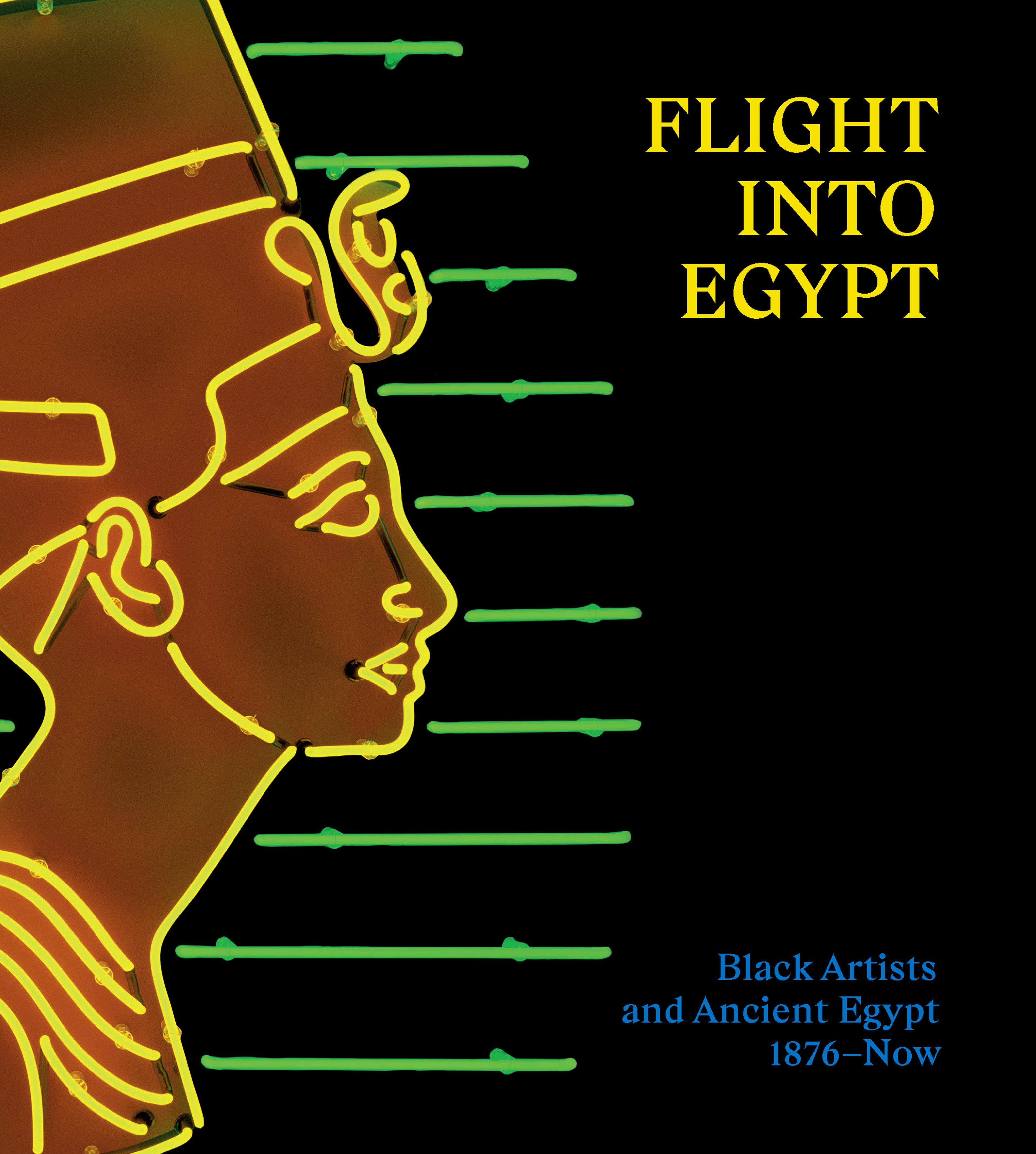Upper Part of the Seated Statue of a Queen
This image of a queen wearing the vulture headdress over a voluminous tripartite wig was split off its backslab in antiquity, most probably by somebody who wanted to make use of this conveniently shaped piece of stone for other purposes. It is conceivable that a king (her father, son, or husband) was originally represented seated beside her. The sculpture has been identified tentatively as Queen Ahmes Nefertari, mother of Amenhotep I, and dated to the reign of Ahmose (ca. 1550-1525 B.C.) at the very beginning of the 18th Dynasty. However, the remarkable flatness of the face and wig is familiar from certain works created during the 17th Dynasty (compare the seated statue of Siamun, 65.115), and the intriguing interplay of fleshy musculature in the lower part of the face is even reminiscent of late Middle Kingdom images. This combination of stylistic traits is best understood in the context of the excitingly multifaceted artistic period between the end of the Middle and the beginning of the New Kingdom.
Artwork Details
- Title: Upper Part of the Seated Statue of a Queen
- Period: New Kingdom
- Dynasty: Late Dynasty 17–Early Dynasty 18
- Date: ca. 1580–1550 B.C.
- Geography: From Egypt, Upper Egypt, Thebes, Asasif, Courtyard CC 41, radim, MMA excavations, 1915–16
- Medium: Indurated limestone, paint
- Dimensions: H. 28 cm (11 in.); W. 17.8 cm (7 in.); D. 10 cm (3 15/16 in.)
- Credit Line: Rogers Fund, 1916
- Object Number: 16.10.224
- Curatorial Department: Egyptian Art
More Artwork
Research Resources
The Met provides unparalleled resources for research and welcomes an international community of students and scholars. The Met's Open Access API is where creators and researchers can connect to the The Met collection. Open Access data and public domain images are available for unrestricted commercial and noncommercial use without permission or fee.
To request images under copyright and other restrictions, please use this Image Request form.
Feedback
We continue to research and examine historical and cultural context for objects in The Met collection. If you have comments or questions about this object record, please complete and submit this form. The Museum looks forward to receiving your comments.
